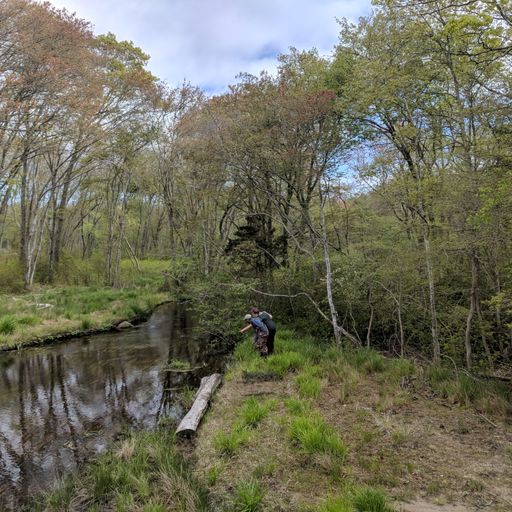Living Observatory Projects
Living Observatory (LO) is a public interest learning collaborative of scientists, artists, and wetland restoration practitioners engaged in the documenting, interpreting, and revealing the arc of change as it occurs prior to, during, and following the ecological wetland restoration on retired cranberry farms. LO was initially founded to complement the trajectory of the Tidmarsh Farms Restoration Project, the largest freshwater wetland restoration project to date in Massachusetts, and the upcoming restoration at Foothills Preserve.
This new site, at projects.livingobservatory.org, will serve as a central hub for Living Observatory researchers, projects, and data. Here you will be able to explore the diverse group of people and the projects that comprise LO.








